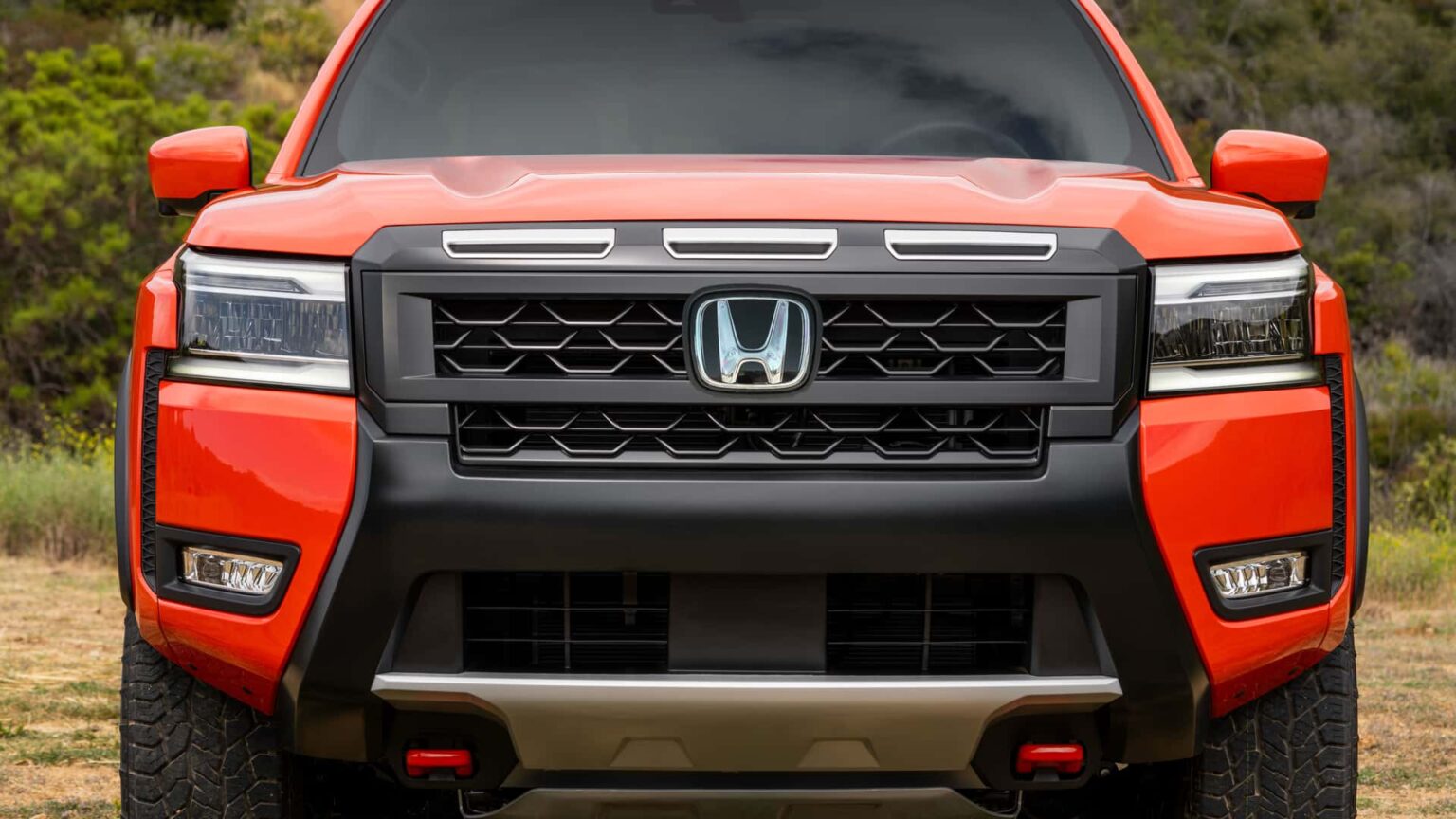Despite the failure of a merger between Nissan and Honda earlier this year, they have kept the lines of communication open. The two continue to collaborate on electric vehicles as Nissan faces an uncertain future, but the pair might have to enter a full-blown situationship due to Donald Trump’s tariffs.
A new report from Nikkei Asia, which does not cite its sources, alleges the two are discussing the possibility that Nissan’s Canton, Mississippi, factory might build Honda-branded pickups. The plant currently builds the Frontier and was the previous home of the full-size Titan, which ended production with the 2024 model year.
If this deal happens, it could benefit both.
According to the report, Nissan’s Canton factory operates far below its production capacity, and producing a model for Honda could increase the plant’s output and profitability. Honda would get a new truck in the United States that would help it avoid Trump’s tariffs while increasing domestic vehicle production, which could give Japanese automakers some negotiating leverage.
Honda Might Not Be Alone in Canton
Honda’s truck—different from the Ridgeline—could be built alongside some Mitsubishi models. Nissan confirmed in late May that it was having discussions with Mitsubishi about producing cars in Canton, but a Nissan spokesperson informed the Clarion Ledger that the company hadn’t made a final decision.
It appears Nissan is putting in effort to increase production at its plants around the world. A Reuters report earlier this week alleged the beleaguered automaker might allow Foxconn to build electric vehicles at its Oppama plant in Japan, preventing its closure, but the companies have been coy about the report.
We imagine these negotiations, if true, are ongoing and fluid, much like Trump’s tariff policy.
Nissan’s struggles are well-known, and its new CEO, Ivan Espinosa, is considering a range of options to rescue the company. Last year, under different leadership, Nissan announced it would lay off 9,000 people; however, a report from earlier this year suggested the company could lay off double that number. It’s also closing factories, but it might be able to save a few if it can bring new production to its underutilized facilities, reducing the damage to its workforce.
Sources:
Nikkei Asia, Clarion Ledger, Reuters
Read the full article here



